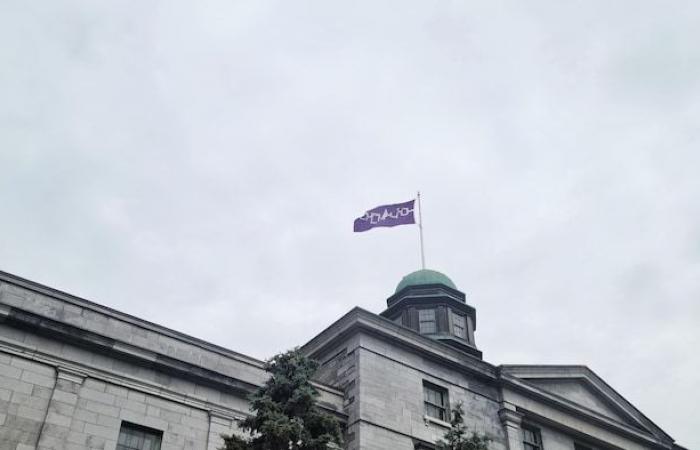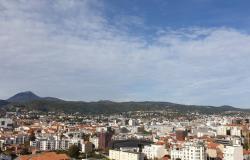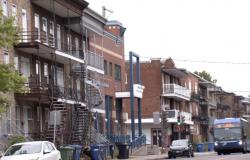Ceremonies, music shows, exhibitions, artistic performances… On this National Indigenous Peoples Day, the country vibrated in unison with the various events held from Montreal to Ottawa via La Tuque and Joliette.
For all Canadians, June 21 corresponds to the summer solstice, the longest day of the year, which has a particularly symbolic character.
It is indeed an opportunity to recognize and honor the history, cultural diversity and valuable contributions of First Nations, Inuit and Métis to society. But this day is also a dark reminder of the harm historically done to the cultures of these first three peoples.
It is important to remember how this day came to be thirty years ago. It began as a day to promote solidarity with indigenous peoples, and I think it is increasingly important to work towards achieving this solidarity.
The streets of Tiohtià:ke (Montreal
in the Mohawk language) subsequently vibrated thanks to the performances of numerous indigenous artists from all backgrounds, brilliantly immersing citizens and tourists in their world.
The McCord Museum, in collaboration with the Terres en vue organization, allowed passers-by and politicians present to attend a ceremony entitled Atiku, soul of the forestan ode to the caribou whose survival on Quebec soil worries many indigenous nations.
Open in full screen mode
André Dudemaine.
Photo: Indigenous presence
This is a ceremonial event to mark National Indigenous Peoples Day, but also to send a message to everyone that Indigenous cultures are still alive and we are here to share, dialogue and celebrate. We are part of this society
declared Innu André Dudemaine who heads the Terres en vue organization.
This year, our concern is directed towards the caribou which is an endangered species. If the caribou is threatened, that means that the forest that supports it is in danger. It is very important to highlight it for us because it is a heritage animal whose spirit has accompanied us for millennia
added Mr. Dudemaine in the presence of the Minister of Environment and Climate Change, Steven Guilbault.
The latter’s recent announcement in connection with the emergency decree for the caribou was welcomed as a happy surprise
for Mr. Dudemaine.
Open in full screen mode
The McGill flag is lowered occasionally to commemorate an important event for the University.
Photo: Radio-Canada / Simon Filiatrault
On the other side of Sherbrooke Street, on the campus of McGill University, we could see at the top of the dome of the arts pavilion, the Mohawk flag of the Hiawatha wampum belt.
The flag of the English-speaking university, which features the emblematic elements of the McGill coat of arms and its three merlettes, had been lowered the day before during a ceremony presided over by McGill provost, Christopher Manfredi, and president, Deep Saini.
A few steps away, the Montreal Museum of Fine Arts (MMFA) had opened its doors to the general public, offering them free access to the majority of its collections and exhibitions.
Located at the crossroads of the communities of the Kanien’kehá:ka Nation, the MMFA aims to carry the multiple stories of the indigenous peoples who surround it, notably the Anishinaabeg, the W8banakiak and the Wendat
underlined the museum organization on its website.

Open in full screen mode
Many Inuit sculptures were on display, including an untitled one embodying two caribou by artist Shorty Killiktee, a native of Kimmirut, Nunavut.
Photo: Radio-Canada / Simon Filiatrault
Celebrations… Truth… Reconciliation… How to navigate it?
Over time, the federal government proclaimed, after consultations with Indigenous groups, three annual moments of Indigenous commemoration and awareness.
National Indigenous Peoples Day, June 21, is an official day announced in 1996 which is an opportunity to recognize and celebrate the history, heritage, resilience and diversity of Indigenous peoples across the country. This date corresponds to the summer solstice.
Then, National Indigenous History Month, in June, pursues the same purpose as June 21, but over a longer period of time.
Finally, the National Day for Truth and Reconciliation on September 30 is a federal holiday that specifically aims to pay tribute to missing children, survivors of Indian residential schools, their families and their communities. All Canadians are encouraged to wear orange for the occasion.
Similar celebrations take place in several other cities in Canada, including Ottawa, Edmonton, Vancouver, Trois-Rivières, and Shubenacadie, to name a few.








